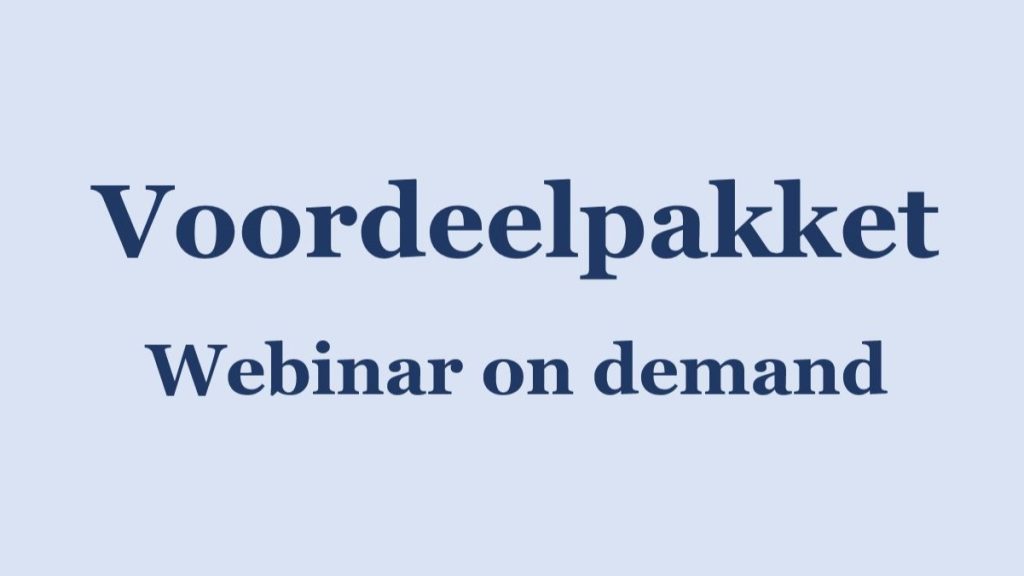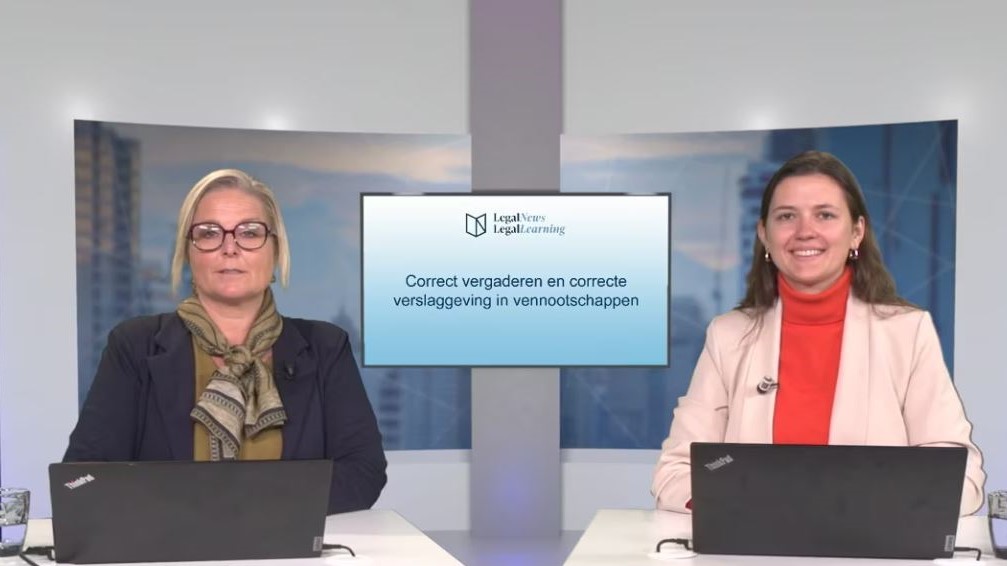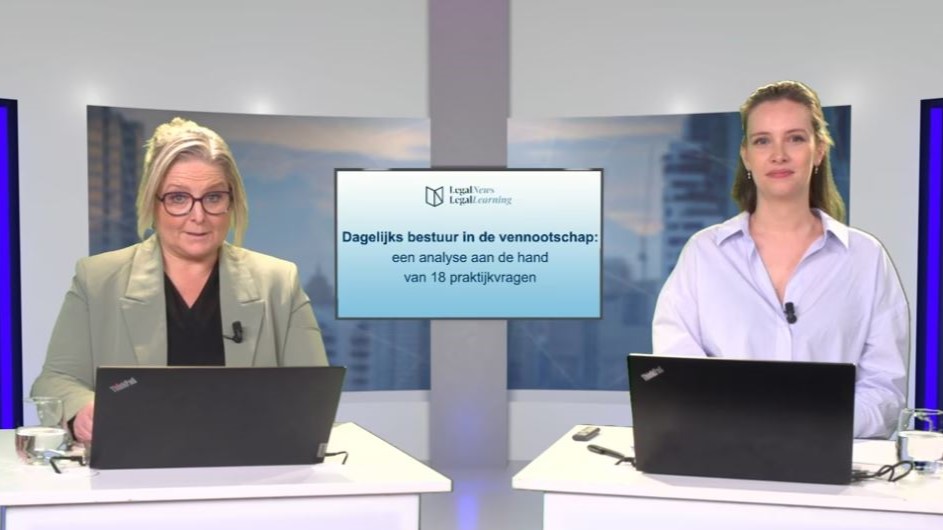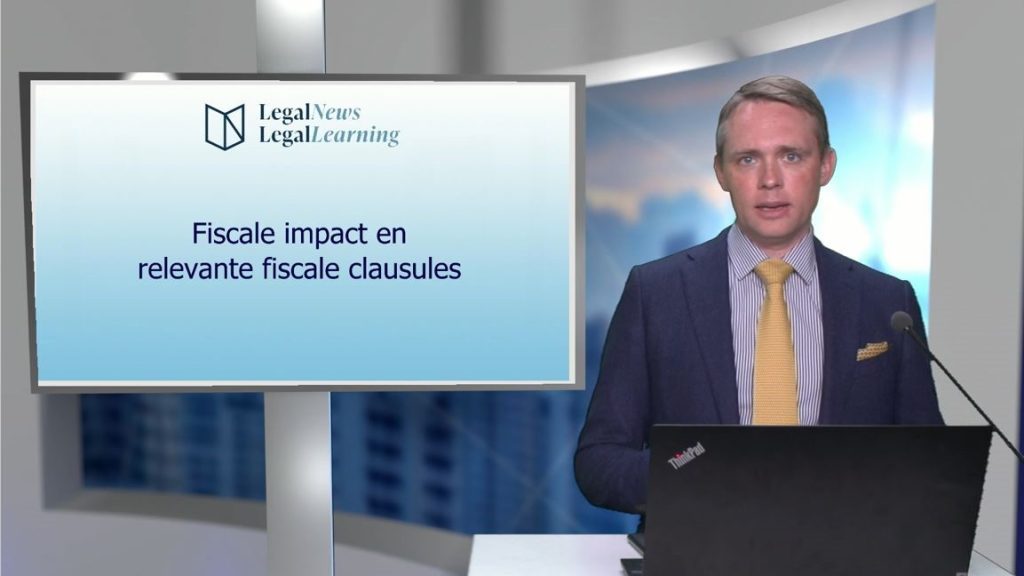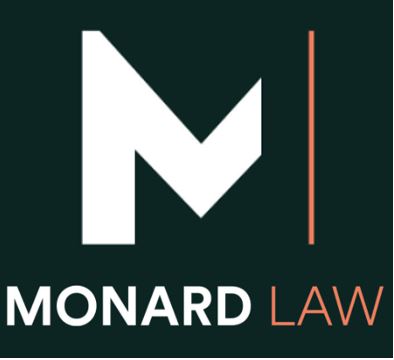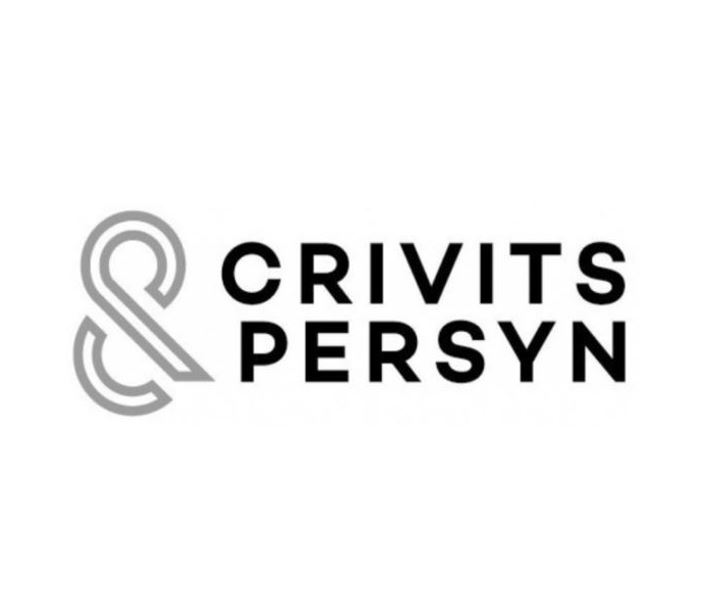Ondernemingsstrafrecht:
wat wijzigt er door boek I en boek II van het Strafwetboek?
Mr. Stijn De Meulenaer (Everest)
Webinar op dinsdag 11 juni 2024
Aandeelhoudersovereenkomsten
in het licht van de nieuwe wetgeving
Mr. Michaël Heene (DLA Piper)
Webinar op vrijdag 31 mei 2024
HR-aspecten bij M&A transacties
Mr. Nele Van Kerrebroeck (Linklaters)
Webinar op donderdag 16 mei 2024
Pricing Mechanisms in M&A – How to make the right choice? (Strelia)
Authors: Gisèle Rosselle and Céderic Devroey (Strelia)
Date of publication: february 2018
In theory, pricing mechanisms attempt to ensure that both buyer and seller get what they are expecting. In practice, the choice of mechanism offers an opportunity for each party to protect and maximize transaction value. Closing accounts and locked box are the most commonly used pricing mechanisms. The value drivers underlying both mechanisms are generally the same: cash, debt and working capital. The choice of mechanism, based on certain key considerations, will affect how and when these value drivers are calculated. When negotiating the equity price, each party should be aware of this interaction between the mechanisms and the value drivers, the related issues and the impact on the actual price.
Key considerations in making the choice
The date of the economic interest transfer is at the heart of the distinction between both mechanisms. With closing accounts, the risk and benefit of the target pass at completion, whereas with a locked box, they pass at the effective date before signing. Under closing accounts, the price is adjusted post-closing on the basis of a comparison of estimated figures with the actual figures at closing. With the locked box, the target is being sold at a fixed price, based upon a pre-signing balance sheet, with no post-closing adjustment. Buyer will receive protection from any leakage of value of the target, and seller will be compensated through interest.
Speed of execution, certainty of proceeds, control over the process, complexity of transaction, business of the target, cost, and timing are key considerations when opting for one or the other mechanism. Even if both structures have advantages for both the buyer and the seller, the closing accounts mechanism is generally perceived as being more buyerfriendly and the locked-box as more seller-friendly.
Both pricing mechanism are generally based on the same value drivers. Most deals are indeed based on a cash-free, debt-free basis and assuming a normalized working capital.
Impact of the choice
The choice of a pricing mechanism will determine when and how these value drivers are calculated. As the value drivers are mostly not defined in the letter of intent, parties will use the financial due diligence to identify these.
Under closing accounts and given their impact on the actual purchase price, value drivers are often heavily negotiated. Parties should carefully draft the definitions of these items in the purchase agreement as they will be referred to post-closing for the calculation of the
actual purchase price as well as for any potential dispute. Issues like accounting policies, adjustment mechanisms and the process for preparing and reviewing the closing accounts have a direct impact on the calculation of the actual price and should likewise be carefully
drafted in the purchase agreement.
In a locked box, the value drivers and price adjustments are quantified and agreed earlier in the process, as they are calculated off a historical balance sheet and there is no room for post-closing adjustment. Only the actual equity price, and not the value drivers or adjustment mechanism, will be reflected in the purchase agreement. Issues like leakage, limitations on claims and interest will be heavily negotiated and require careful drafting as they may impact the actual purchase price.
» Bekijk alle artikels: Vennootschappen & Verenigingen





